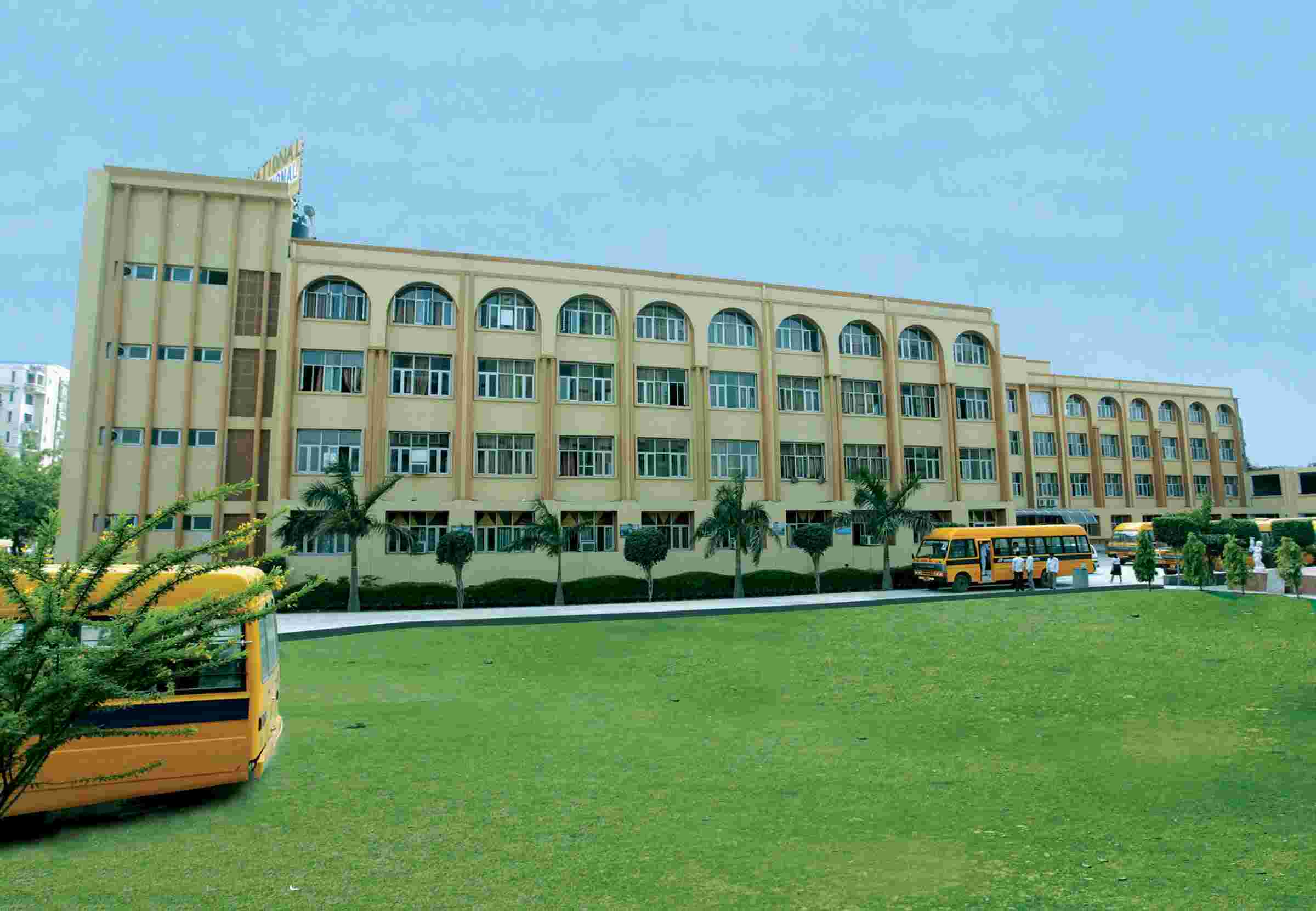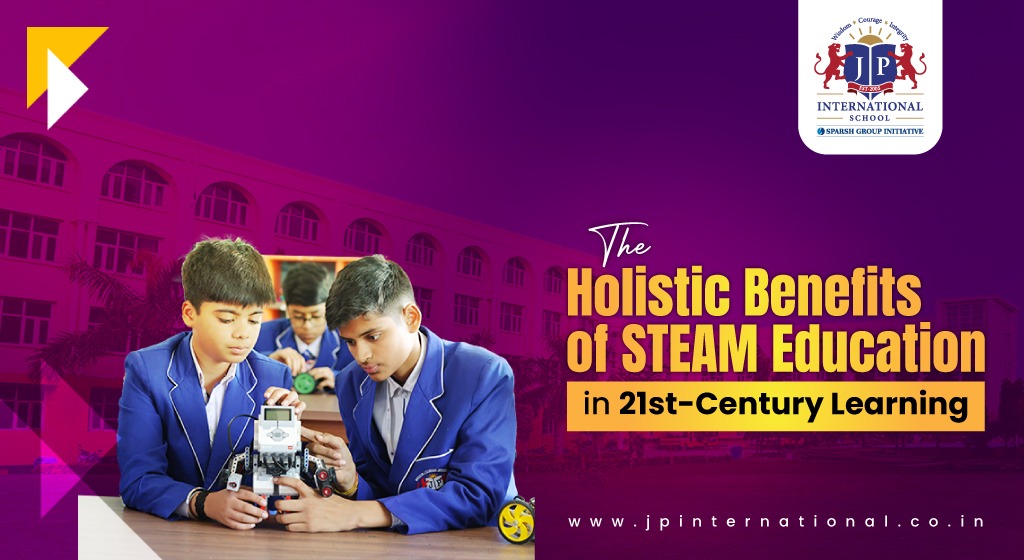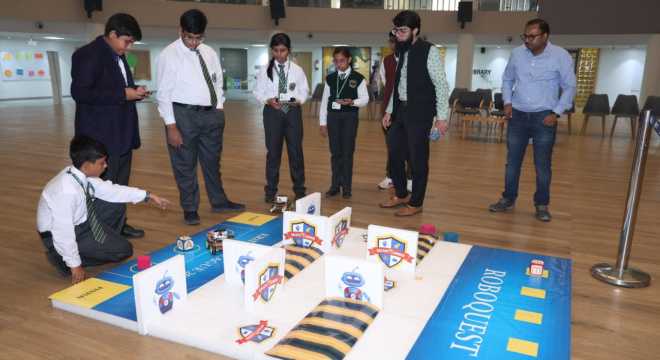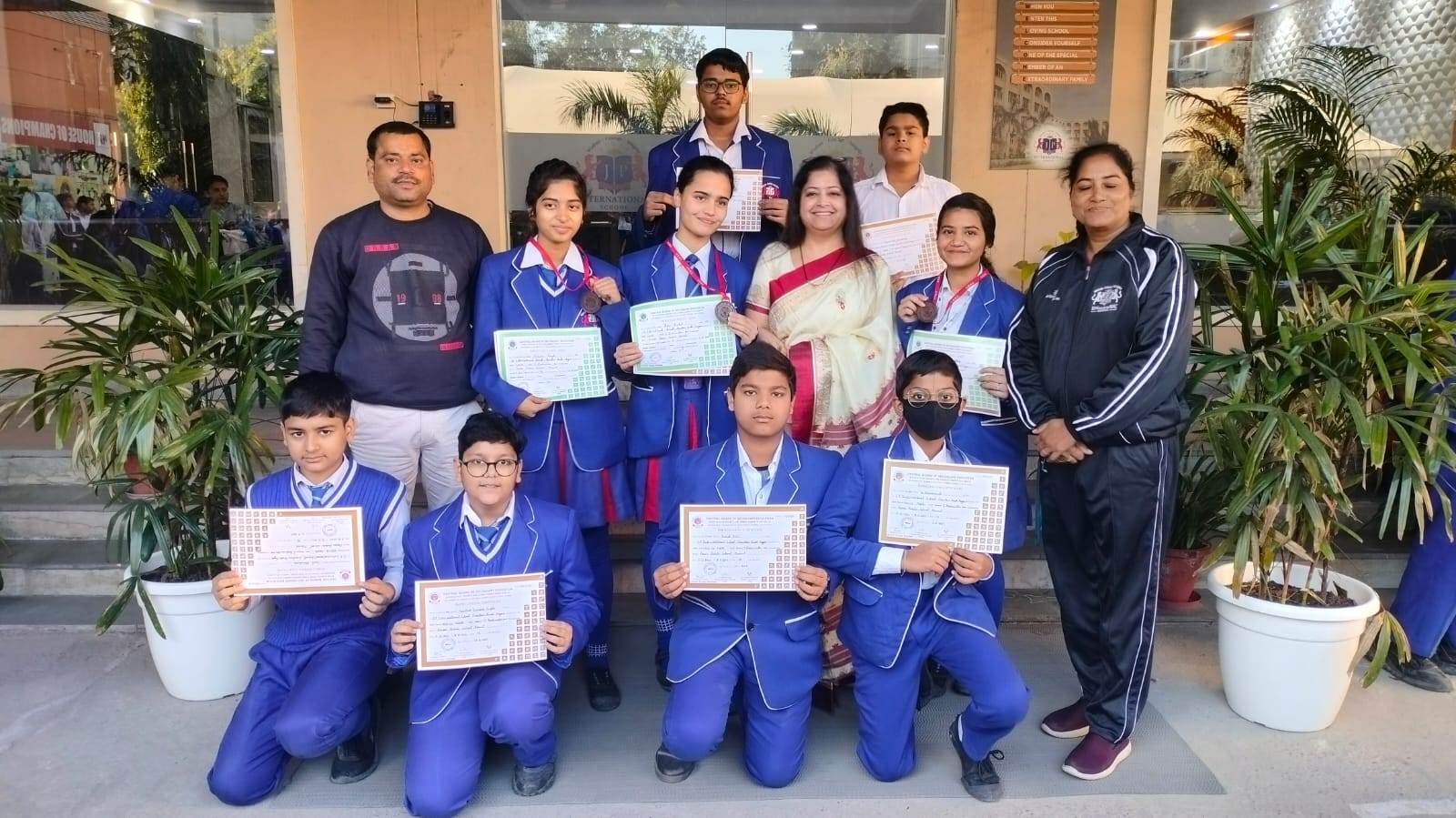

T:+91 7669-933-404
Email: [email protected]
Plot 3A, Sector Omega 1, Near Pari Chowk, Greater Noida, GB Nagar, Pin Code 201308


T:+91 7669-933-404
Email: [email protected]
Plot 3A, Sector Omega 1, Near Pari Chowk, Greater Noida, GB Nagar, Pin Code 201308

Educational institutions worldwide now accept that teaching based on traditional subject boundaries fails to provide students with enough ability to handle global complexity. STEM is evolving today with the objective to integrate science and technology with innovation. It embraces real-world issues by providing solutions employing AI, Robotics and Sustainability. Through STEM, collaborative and interdisciplinary learnings are prioritised, gearing students to take up roles in solving global challenges.

STEM expands the existing STEM Education structure by incorporating the vital element of arts. The combination of STEM education creates opportunities for students to connect different subjects while developing creative and imaginative solutions. The art component transforms technical education through design thinking and aesthetic and emotional intelligence, which enriches analytic abilities for innovation and creative solutions.
Students cultivate several crucial abilities through STEM education:
STEM education connects theoretical knowledge with practical applications:
Research demonstrates that STEM education contributes to:
Green technology exemplifies STEM's interdisciplinary nature. Students studying this learn about climate science, experiment with renewable energy solutions and apply engineering principles to create sustainable systems. They also consider aesthetic and human factors when designing environmentally friendly products that people will actually want to use in their everyday lives.
STEM education prepares students for healthcare careers by combining biology, chemistry and physics with technological skills needed for medical innovation. Creative thinking proves essential for visualising molecular structures, designing intuitive medical devices and communicating complex health information to diverse audiences.
The digital revolution has transformed creative expressions. STEM education provides artistic principles and technological competencies needed for careers in digital design, animation, interactive media and virtual reality—fields that perfectly demonstrate how science, technology and art combine to create entirely new forms of expression.
Educators can incorporate STEM by designing cross-disciplinary projects addressing real-world problems. This often requires collaboration between teachers from different subject areas to create learning experiences where students recognise connections across traditional academic boundaries.
Supplementary STEM programmes offer additional opportunities for hands-on, project-based learning through coding, robotics, engineering challenges and creative arts projects. These activities reinforce classroom concepts while developing practical skills in less formal environments.
As global challenges grow increasingly complex, STEM education becomes even more essential. This approach fosters adaptable, innovative thinkers capable of addressing emerging issues with creativity and technical expertise, preparing them for an uncertain future requiring continuous learning and adaptation.
STEM education represents a transformative approach to learning that prepares students for navigating the complexities of our rapidly changing world. By integrating multiple disciplines, JP International School embraces this educational philosophy to cultivate critical thinking, creativity and problem-solving abilities in its students. The real-world applications of STEM—from environmental sustainability to technological innovation—highlight its potential to shape a more sustainable and prosperous future. JP International School recognises that investing in STEM education today equips tomorrow's leaders with the interdisciplinary knowledge and essential skills to address pressing global challenges with confidence and ingenuity.
STEM education is crucial because it prepares students for the increasing technological advancements and complex global challenges. By integrating science, technology, engineering, arts and mathematics, STEM fosters critical thinking, creativity, problem-solving and adaptability—skills essential for success in future careers and industries.
- JP International School12 April 2025
JP International School makes students future-ready by imparting 21st century skills through the ...
5 April 2025
A solid education from school creates opportunities for students to grow into confident, responsi...
29 March 2025
Technology allows students' everyday journey, be it in academics or outside of academics, to be t...
22 March 2025
STEM education prepares students for healthcare careers by combining biology, chemistry and physi...
15 March 2025
By embracing innovative EdTech solutions while preserving valuable aspects of traditional educati...
 28 November 2024
28 November 2024
.jpg) 27 November 2024
27 November 2024
 8 December 2022
8 December 2022
